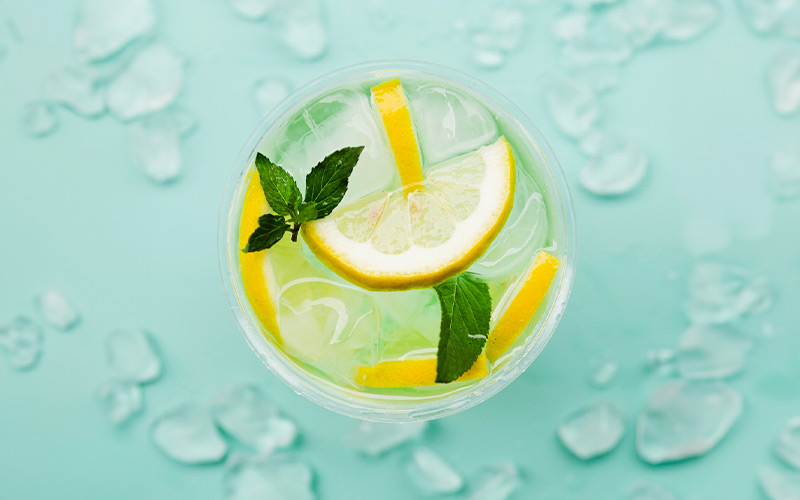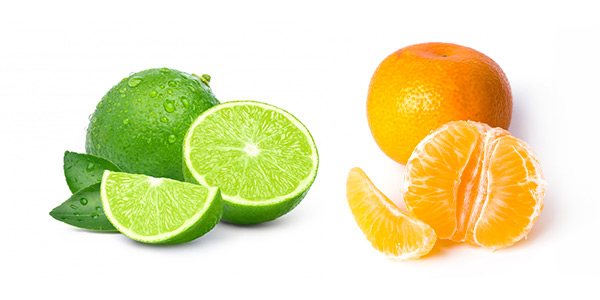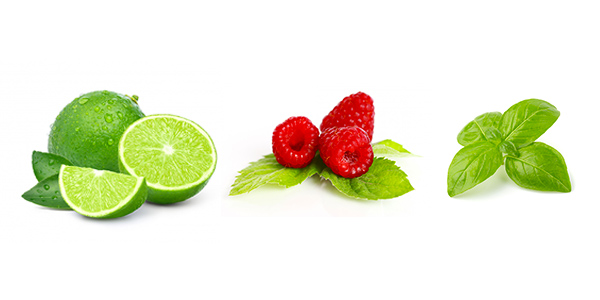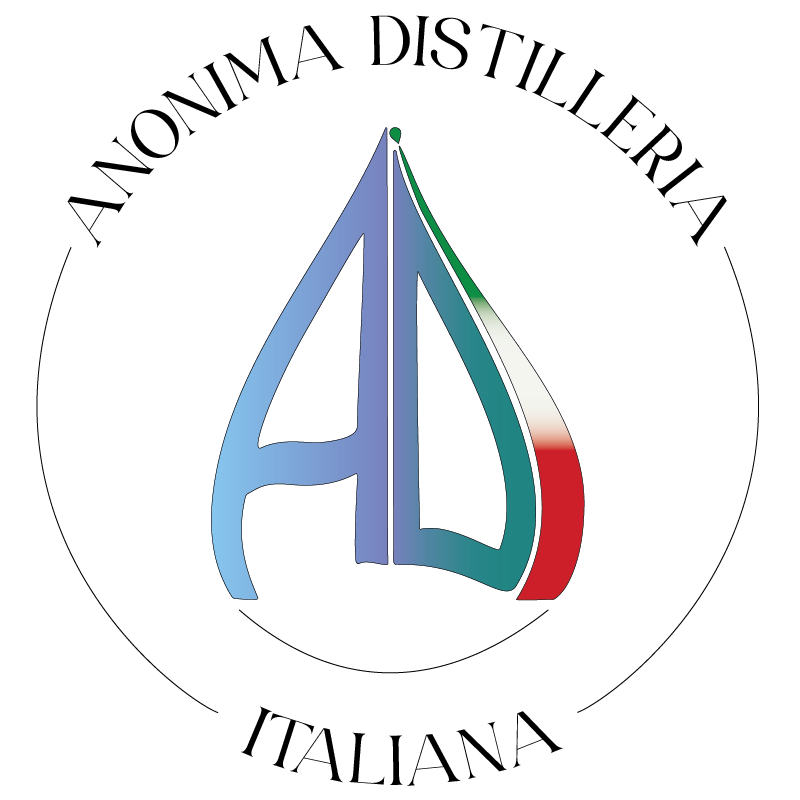- Free Shipping with an order of € 125.00 or more
- Free Shipping from € 125.00

They have two different meanings, the definition of Cordial stands for a liquor, while Cordial stands for a nonalcoholic product. We could compare it to a syrup more diluted with water or juice.
The chordial is a liqueur that originated in France by maceration or infusion of herbs, flowers and fruits in ethyl alcohol from wine or by addition of essences to neutral alcohol. Generally, the alcohol content was about 40% vol., a content that, with time, was lowered to 32% vol..
These are liquors that are served as a tonic and digestive.
One of the best-known cordials is raspberry, Campari used to produce one known as Cordial Campari. It is the lamponethat gives the aromatic note of this liqueur obtained by distillation of raspberry infusion with various essences. The alcohol content is 35 percent and the sugar content 30 percent.
Subsequently, the expression cordial expanded to include those alcoholic liquors to be drunk in small doses and capable of restoring and restoring strength, even in everyday settings such as at the bar.
Cordial is a creation of the well-known company Rose’s, which launched the well-known Cordial Lime Rose’s on the market. Today the range has expanded to include flavours we didn’t even think existed before, one of which is the widely used Cordial Elderflower Rose’s for the well-known Hugo cocktail.
The basic ingredients of cordials are water in which we infuse a flavouring ingredient, sugar and citric or malic acid. The ratio is usually 1:1 for the water and sugar, and the acidic element is used to balance any overly sweet taste.
Cordials are simple to prepare and easy to mix, thanks to the balance of dilution with water. The best known cordials are prepared with citrus fruits from which we extract the essential oils by preparing an oleosaccharum (peels placed with sugar in a vacuum-sealed plastic bag) which is then diluted with the juice of the respective citrus fruit, water and sugar.
Excellent is the cordial with Etna cosci pears, with yuzu, with aromatic verbena, with fresh rhubarb stalks and wild fennel seeds, with lime and mandarin, and many other cordials. In short, cordial is a simple ingredient to prepare and makes your cocktails unique with that touch of originality in taste.
We recommend a recipe that will guide you in the preparation of many other cordials, obviously the amount of the flavouring part will be at your discretion according to the aromatic and taste intensity you want to achieve. The infusions that you can find in supermarkets or specialised shops are also excellent, they are an excellent base for your cordials.

Ingredients
6 Mandarins (peel and juice)
2 Mature limes
100 g White caster sugar
300 gr Demineralized water
Preparation:
Peel limes and mandarins and place peels under sugar taking care to remove the white part from the mandarin peels using the tip of a knife. In a plastic bag place peels and sugar and create a vacuum to make an oleosaccharum, the bag should remain closed for at least 12 hours in a warm place or two hours if placed in a wather bath set at 40° C. Squeeze the limes and mandarins and keep the strained juice in the refrigerator.
Heat water to 40° C and pour over peels (oleosaccharum) stir until dissolved and allow to cool. Once cold combine the lime and tangerine juice previously refrigerated, bottle and label.
Shelf life: 10 days in the refrigerator at 4-6 °C.

Ingredients
4 ripe limes (peel and juice)
200 grams of raspberries
6 whole fresh basil leaves
100 grams of white sugar
300 grams of minimally mineralised water
Preparation:
Peel the limes and place the zest, basil, sugar and raspberries in a plastic bag and vacuum to obtain an oleo-saccharum; the bag should remain closed for at least 12 hours in a warm place or two hours if placed in a 40°C water bath. Squeeze the limes and place the strained juice in the refrigerator. Then heat the water to 40°C and pour it into the bag in which you previously prepared the oleosaccharum. Stir until the sugar dissolves, allow to cool and strain. Once cold, add the previously cooled lime juice, bottle and label.
Storage: 10 days in the refrigerator at 4-6 °C.

* By signing up, you consent to the processing of your personal data in accordance with European R. No. 2016/679.
© 2025 ADI Group S.r.l.s. – P.IVA 03250450594
Via Lungo Sisto, 44 – 04019 Terracina (LT)
All rights reserved. Designed by CriLab.Design